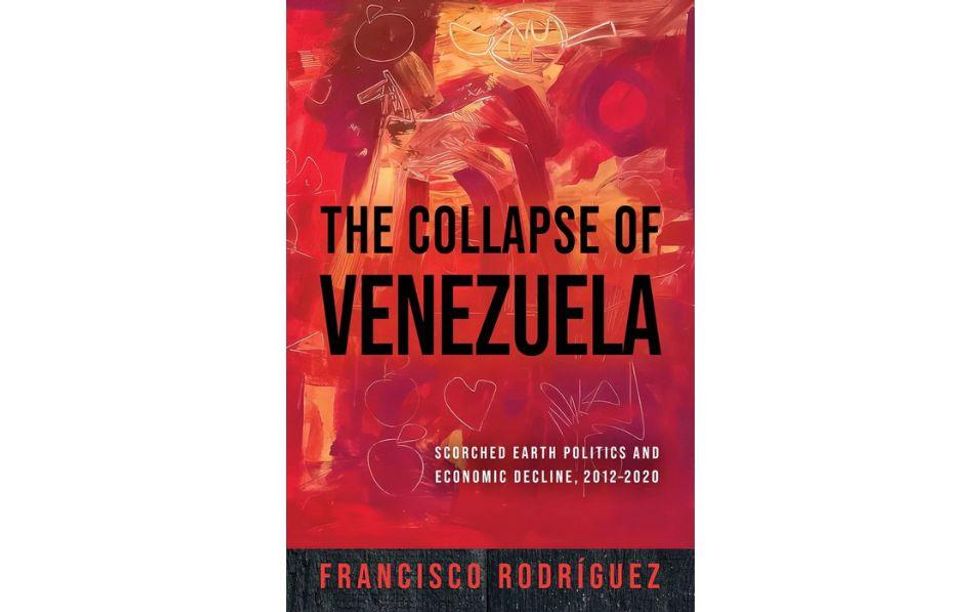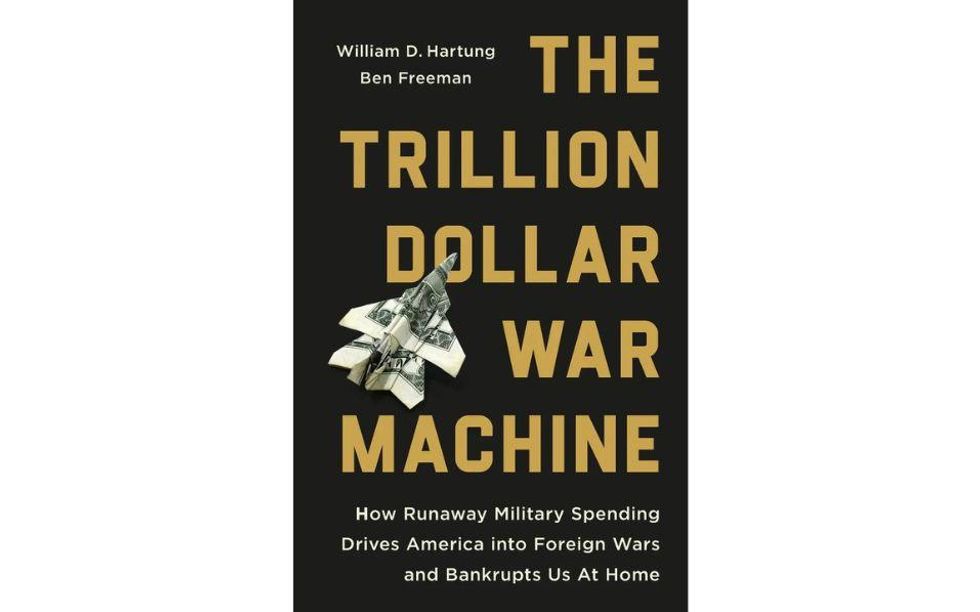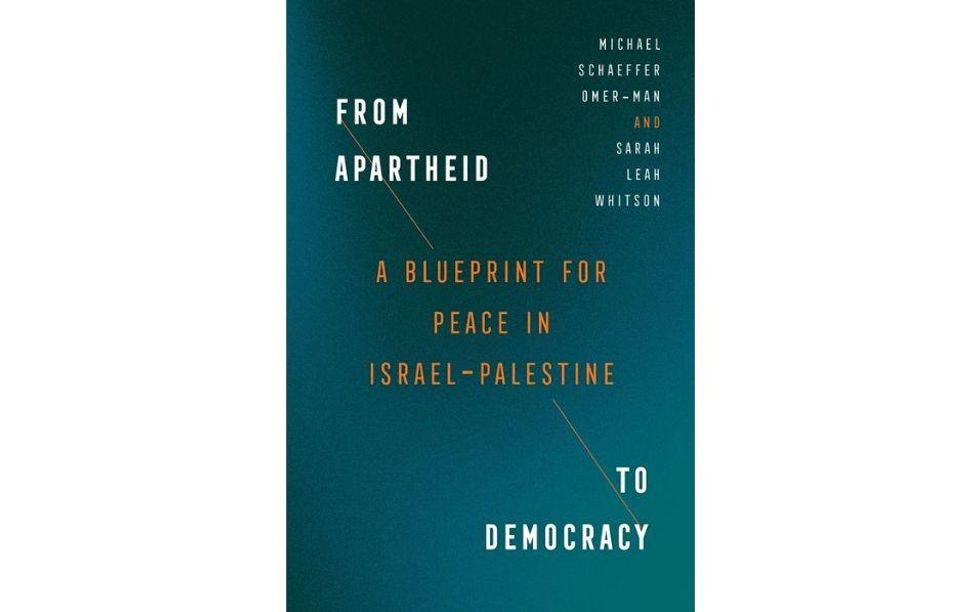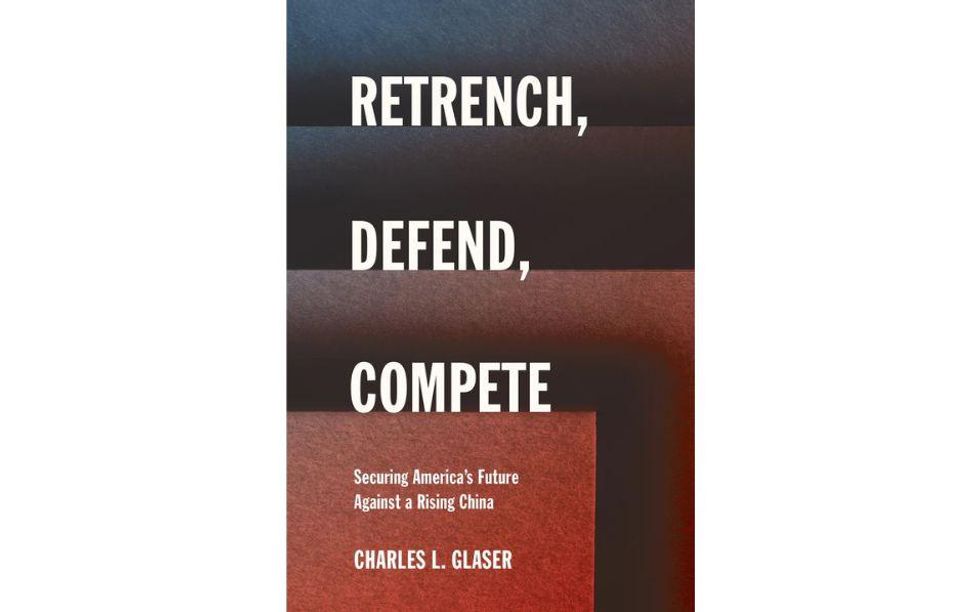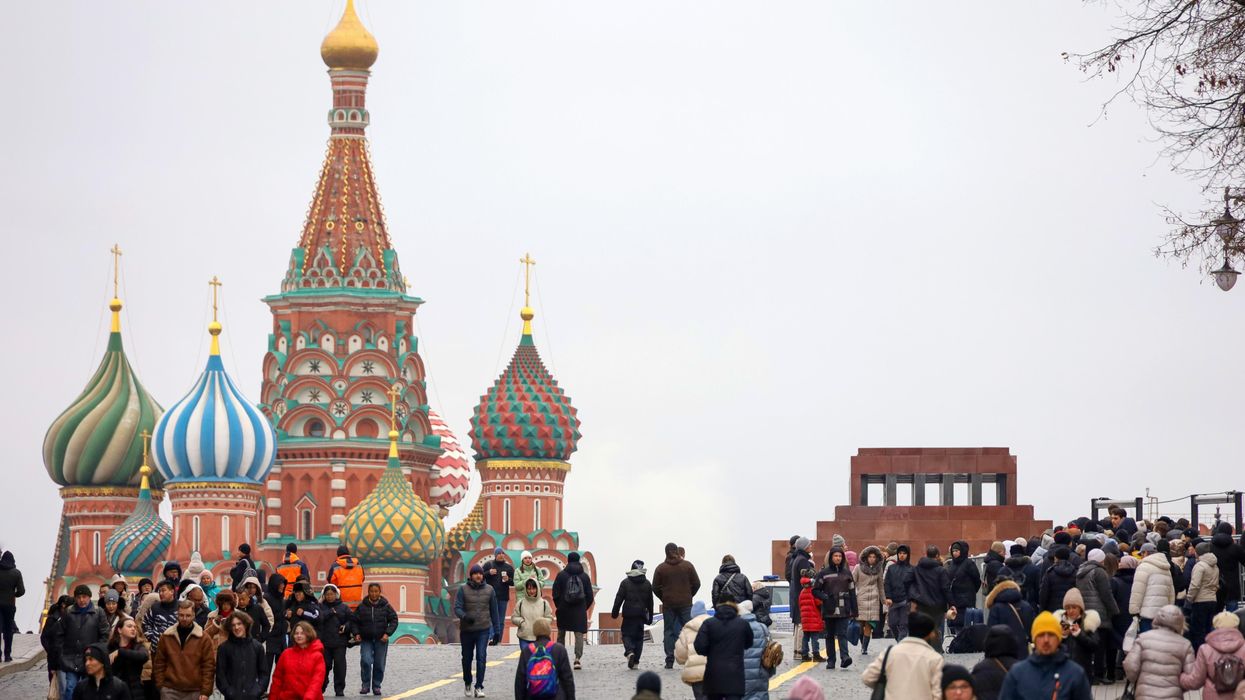The first time I heard the name of General Qassem Soleimani mentioned as a possible president of Iran was during the last days of Mahmoud Ahmadinejad’s presidency, perhaps about 2012. Later it was fashionable in some circles to speculate about a replacement for the Supreme Leader, Ayatollah Ali Khamenei. Soleimani was not a cleric, let alone an ayatollah, but it was possible to imagine that in a time of crisis, when the United States was threatening war and squeezing the Iranian economy unmercifully, that a new leadership, possibly composed of military, civilian, and clerical leaders might be installed in the event of the death or incapacity of Khamenei, who was nearly 80 years-old and suffering from prostate cancer.
This was mostly pie in the sky, pure speculation that was unlikely to materialize. But it does reflect accurately the respect that Iranians of all persuasions held for the man who had steered their military and foreign policy through wars, sanctions, and poisonous internal disputes. He had courage: he showed up on the battlefield, he led from the front. He had been in America’s cross hairs on numerous occasions, and he knew it. He was smart and charismatic. He waved off the political talk. Despite his hard line reputation, he reportedly voted a reform ticket.
Soleimani was a consummate realist. He understood power, and his cunning understanding of the battlefield often meant that Iran punched above its weight in regional affairs. He was feared and hated by his enemies. There was absolutely no one like him in the Arab world: no Saudi, no Syrian, no Egyptian.
Because of his personal daring style, he often appeared on intelligence radar screens. Other U.S. presidents were aware of the opportunities, but it was President Trump who pulled the trigger.
What does that mean?
One thing it means is that a dangerous opponent has been removed from the equation. That doesn’t mean that Iran will collapse. Quite the contrary. But Soleimani’s presence and strategic skill were important and will be missed by the Islamic Republic.
It also means that an important bridge has been crossed. Despite their armored limousines and personal body guards, senior officials of any nation are more vulnerable to assassination than is usually acknowledged. Their movements are known, they often appear in public, and weapons available to a technologically competent state can penetrate even the most sophisticated defenses. The reason that heads of state, foreign ministers, senior military leaders and others are seldom killed is not because it is impossible but because their opponents understand the consequences.
Soleimani was an enemy of the United States. He wanted to see U.S. military power withdrawn from the Middle East. He was a symbol of opposition.
His death will not end the opposition. Instead, it is an invitation to ignore the existing rules of the game. Americans in the Middle East, whatever their profession, are now targets.
The United States chose to withdraw from a carefully negotiated nuclear deal that was working, and to impose the most severe sanctions in history. Iran lost some forty percent of its national income. It struck back by placing limpet mines on oil tankers, by shooting down an American drone, by striking critical Saudi oil facilities, and by attacking Iraqi bases where U.S. troops were stationed — all conducted in a manner to avoid direct responsibility and all with virtually no loss of life until an American contractor and some Iraqi security personnel were killed in one of the recent raids. Iran also began a deliberate process of backing away from the commitments of the nuclear agreement.
This escalation was utterly unnecessary. It was triggered by the U.S. decision to withdraw from the nuclear agreement.
What happens next is likely to be very ugly. It is also likely to be highly damaging to U.S. interests and the long-term U.S. presence in the Middle East. Political and military confrontations in the Middle East have never observed Marquess of Queensberry rules, but even the few existing precepts are now likely to be out the window.
After the dust has settled, we will all have to learn to talk to each other again. What a shame that we didn’t think about that at the start.





